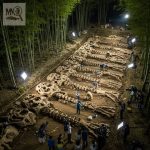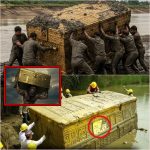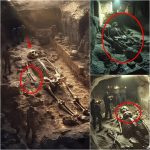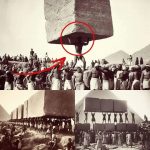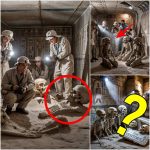Buried Promises: A World War II Love Story
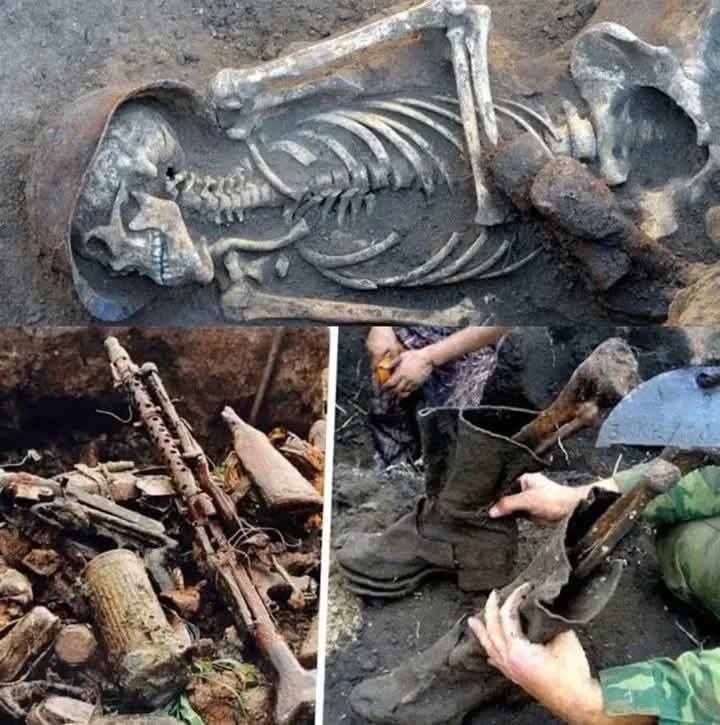
History is often told through battles, dates, and victories, but sometimes the most powerful stories emerge from small, intimate relics of the past. Recently, archaeologists uncovered a deeply moving discovery: a wedding ring and a bundle of handwritten letters buried beneath the soil for over eight decades. These fragile items, hidden since the turmoil of World War II, reveal a love that endured in the face of chaos, sacrifice, and separation. More than artifacts, they are echoes of devotion, reminding us that even in humanity’s darkest hours, love remained a guiding light.
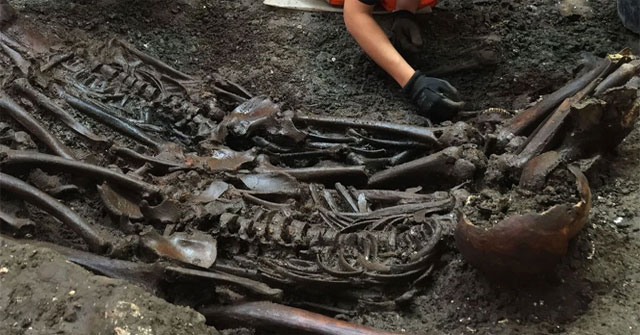
A Love Preserved in the Earth
The ring, once gleaming on the finger of a devoted partner, and the faded ink of heartfelt letters offer a glimpse into a relationship tested by war. The letters, tied carefully together, carry words of longing, hope, and reassurance—messages written under the looming shadow of conflict. For the couple who exchanged them, the ring and letters symbolized promises that war could delay but never erase.
Their rediscovery after so many decades breathes life back into a romance interrupted by history, making the emotions of an era tangible for today’s generation.
The Power of Personal Artifacts
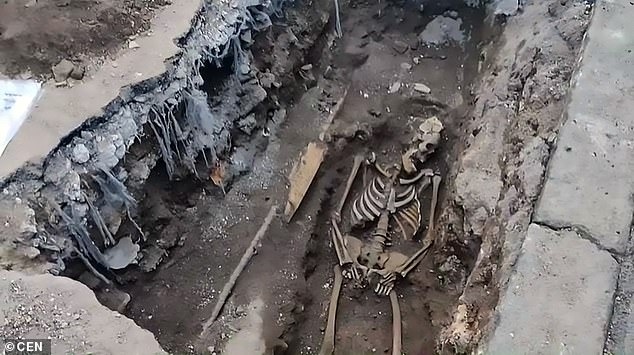
Unlike medals or official records, personal items such as rings and letters speak directly to the human experience of war. They remind us that World War II was not only a global conflict but also a mosaic of individual lives disrupted by duty and danger. The letters may have been hidden to protect them, or perhaps buried unintentionally during wartime upheaval. Regardless of how they came to rest beneath the soil, their survival testifies to the resilience of memory.
Such finds underscore the enduring significance of archaeology and preservation, as they allow modern audiences to engage with the emotional truths of history rather than just its strategic or political dimensions.
Echoes of Sacrifice and Longing
World War II separated countless couples, forcing them to endure long absences, uncertain futures, and the constant threat of loss. For many, letters were lifelines, carrying whispers of love across battlefronts and borders. The ring, too, represents not just marital devotion but also courage—the courage to hope for a future together when tomorrow was never guaranteed.
These buried relics capture the essence of wartime romance: love that defied fear, promises made in uncertainty, and the determination to hold on to humanity when surrounded by destruction.

Conclusion
The wedding ring and handwritten letters unearthed after eight decades are more than relics—they are testaments to the unbreakable bond between two souls who loved against the tide of history. They remind us that while wars are fought by nations, they are endured by individuals whose private sacrifices often remain untold.
As we hold these fragments of the past, we are invited to remember not only the battles and victories but also the human hearts that beat behind them. In this World War II love story, the promise of devotion proves timeless, surviving long after the guns fell silent.


